Philippine Cultural Immersion: A Guide to Experiencing the Country's Traditions and Customs
The Philippines through its rich heritage, warm hospitality, and unique local experiences.
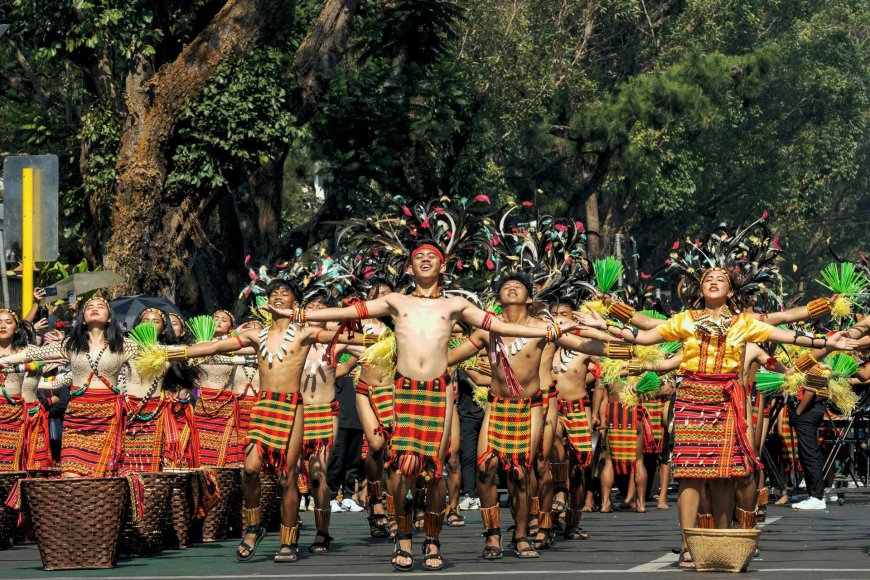
Understanding Filipino Hospitality: The Heart of the Culture
One of the first things you’ll notice in the Philippines is the warm, genuine hospitality of its people. Known as “the land of smiles,” Filipinos take pride in making guests feel welcome, whether you're visiting a rural home or a bustling city.
In traditional Filipino homes, guests are often treated like family. It’s common to be offered food or even a room to stay, even if the hosts have limited resources. This trait, called “pagmamalasakit” or deep concern for others, stems from centuries of communal living and indigenous values that prioritize relationships over material wealth.
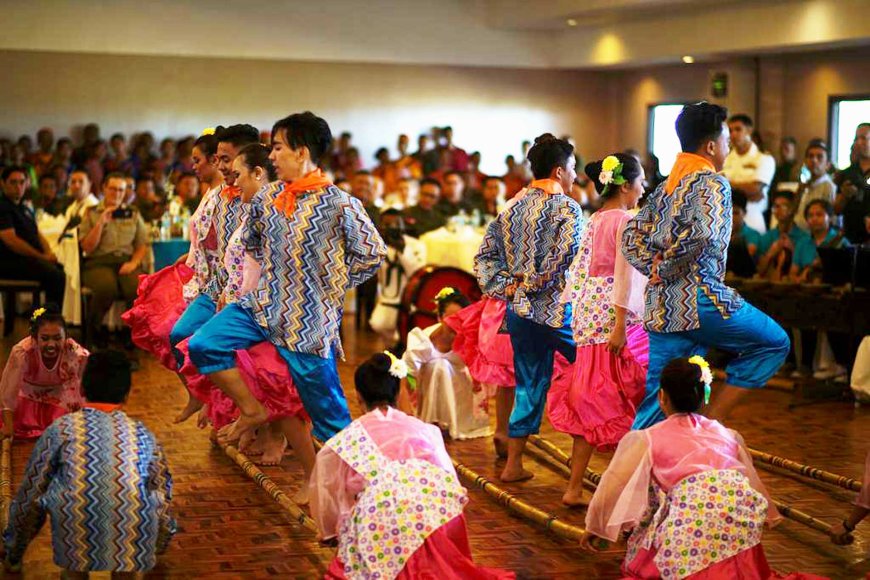
Fiestas and Festivals: Celebrating Life the Filipino Way
There are over 42,000 known festivals in the Philippines, ranging from small barangay (village) celebrations to massive national events. These fiestas are deeply rooted in history, religion, and community pride.
Major festivals like Sinulog in Cebu, Ati-Atihan in Aklan, and Pahiyas in Lucban showcase colorful costumes, street dancing, and cultural rituals. Attending a local fiesta gives travelers a first-hand experience of the joyous and inclusive Filipino spirit. You'll witness parades, mass offerings, traditional games, and shared meals, often accompanied by folk music and dance.
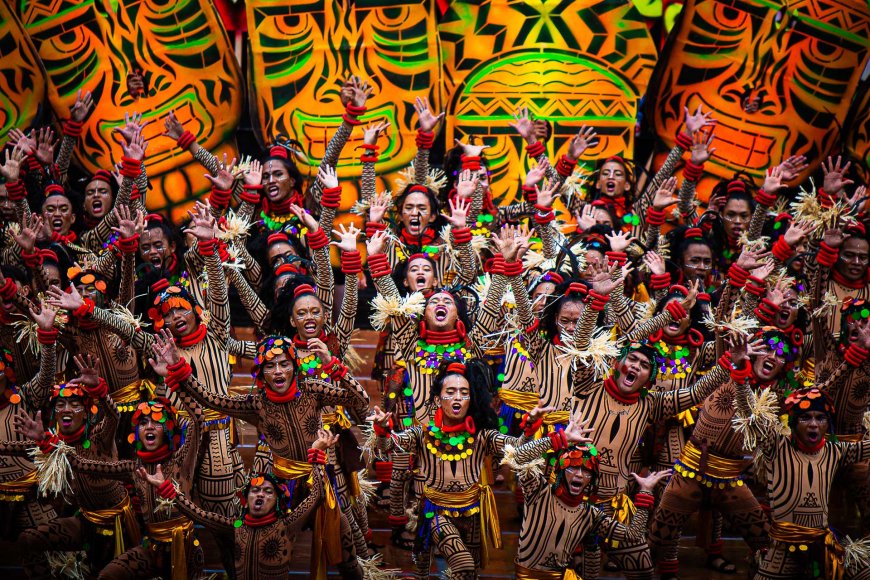
Filipino Cuisine: A Blend of Cultures and Flavors
Philippine cuisine is a rich fusion of Malay, Chinese, Spanish, and American influences. Every region boasts its own specialty—from Ilocos empanada to Bicol Express and Cebu lechon (roast pig).
Filipino food is more than sustenance—it's a cultural ritual. Sharing meals is central to building relationships. Join a local boodle fight, where food is served on banana leaves and eaten with bare hands, to truly bond with locals. Don't miss trying halo-halo, a colorful dessert symbolizing the country's multicultural roots.
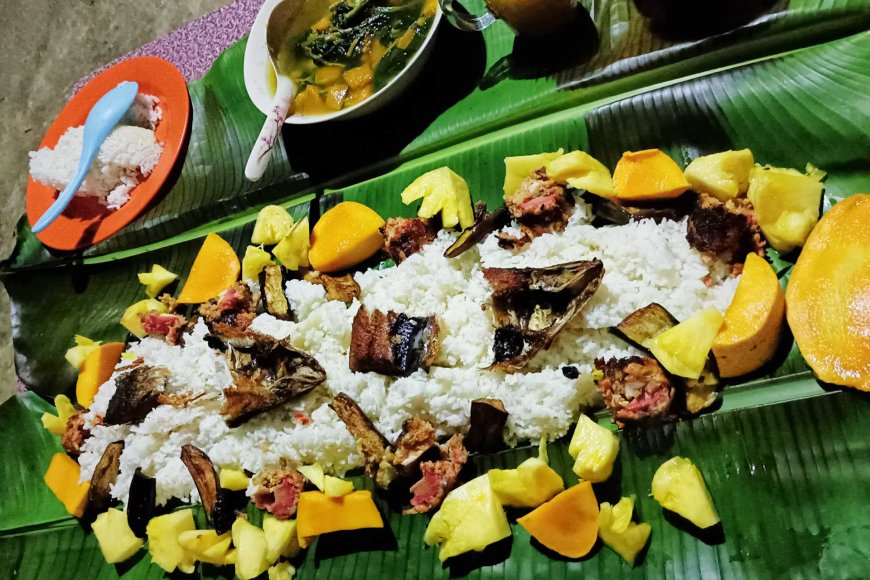
Traditional Clothing and Crafts: Weaving Stories Through Art
Filipino clothing and crafts are deeply tied to the country’s indigenous history. Barong Tagalog for men and Baro’t Saya for women are traditional formal wear, often worn during weddings, state functions, and special events.
Local weavers in regions like Ilocos, Ifugao, and Mindanao use centuries-old techniques to create textiles with symbolic patterns. Participating in weaving workshops or visiting artisan villages supports local economies and keeps these traditions alive. Don’t forget to check out handwoven products, shell crafts, and woodcarvings from places like Paete, Laguna or Lake Sebu, South Cotabato.
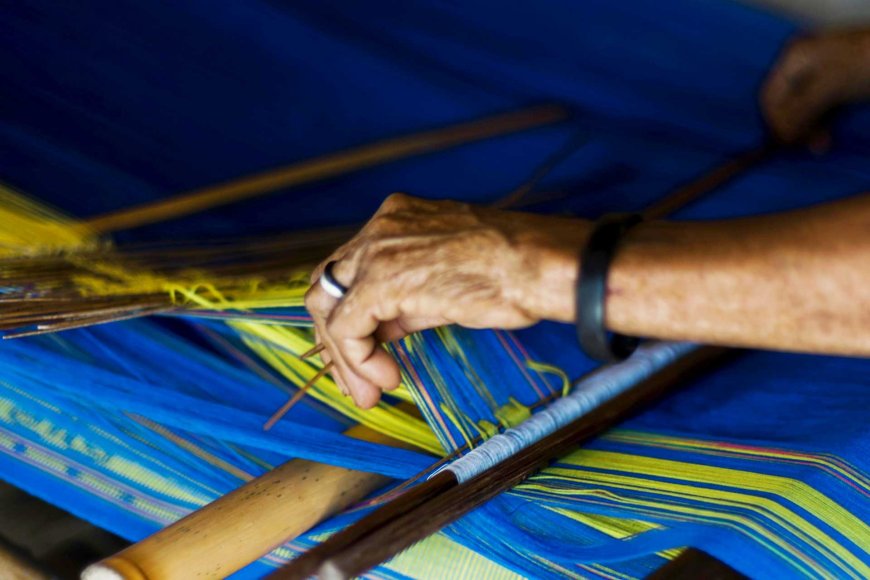
Language and Communication: More Than Just Words
The Philippines has over 170 languages, with Filipino and English as official languages. While English is widely spoken, learning a few local words like “salamat” (thank you) or “kamusta ka?” (how are you?) will go a long way in building rapport with locals.
Non-verbal communication also plays a huge role in Filipino culture. For example, the “mano” gesture, where a younger person bows to touch an elder’s hand to their forehead, is a sign of respect. Pointing with your lips, raising eyebrows for yes, or subtle hand waves are everyday nuances worth observing.
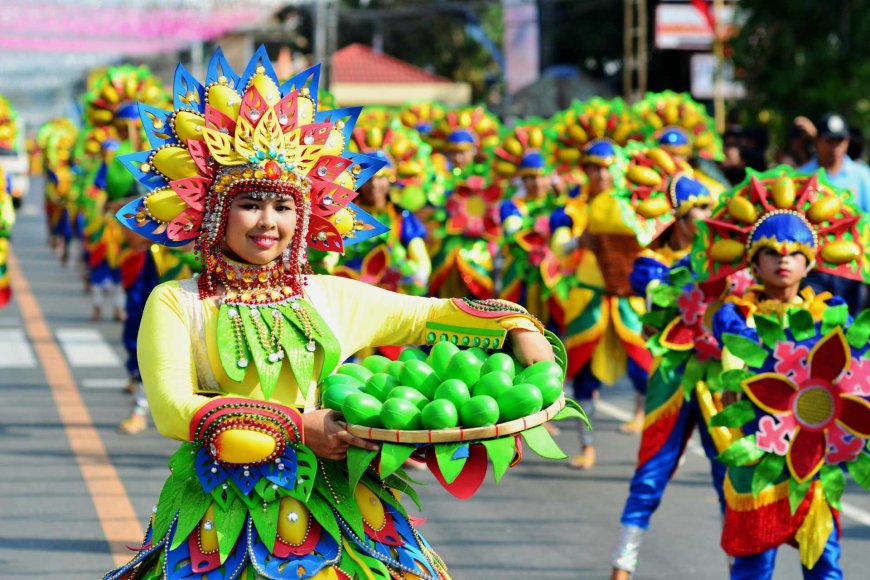
Faith and Religion: A Deeply Spiritual Nation
The Philippines is the only predominantly Christian country in Asia, with over 86% of the population identifying as Roman Catholic. Religion plays a huge role in daily life, community events, and national holidays.
You can visit centuries-old churches like San Agustin in Manila or join a Holy Week procession in Pampanga. Even in the remote provinces, spirituality is expressed through prayer chants, rituals, and devotionals. Interacting respectfully during these events shows cultural awareness and allows deeper connections.

Living with Locals: Homestays and Community Tourism
If you truly want to immerse yourself in Filipino culture, consider staying in a local homestay or joining community-based tourism initiatives. Many provinces now offer eco-tours, farm visits, and cultural immersion programs that benefit local families directly.
Experience farming in Benguet, fishing in Pangasinan, or indigenous storytelling in Bukidnon. Not only do you learn about their way of life, but your presence supports sustainable tourism efforts.

Respecting Filipino Etiquette and Norms
Filipinos are generally tolerant and friendly, but being culturally sensitive is still important. Dress modestly when visiting rural areas or religious sites. Always greet with a smile, and avoid confrontational or aggressive behavior in public settings.
Using polite terms like “po” and “opo” when speaking to elders, and accepting food or gifts graciously, even if you're unsure about them, are marks of good manners. Observing how locals behave before acting is the best way to show respect.
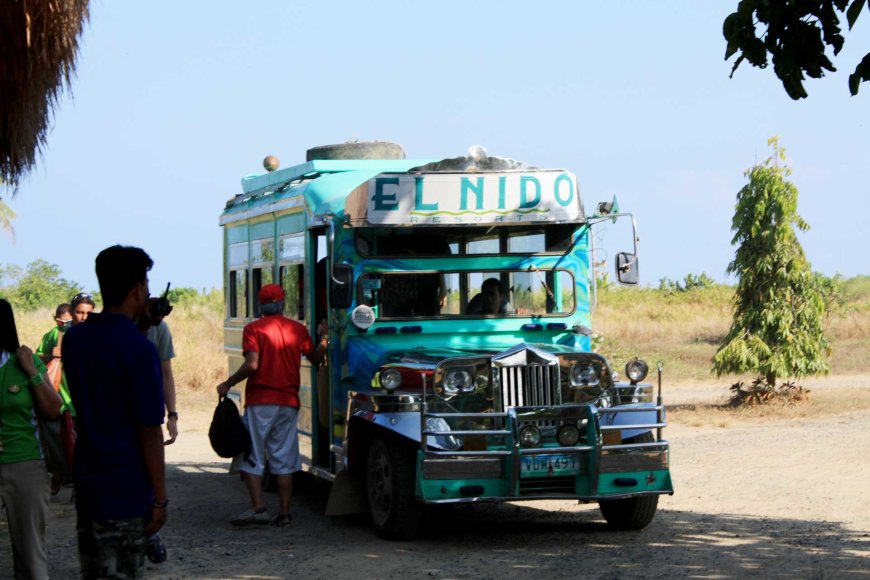
Embracing the Filipino Way of Life
Immersing yourself in Philippine culture offers more than just memorable travel photos—it gives you insight into the heart of the Filipino people. From heartfelt hospitality to colorful festivals and spiritual traditions, every experience contributes to a richer, more meaningful journey.
If you're planning your next cultural adventure, the Philippines welcomes you with open arms and an open heart.
Nipino.com is committed to providing you with accurate and genuine content. Let us know your opinion by clicking HERE.



































































